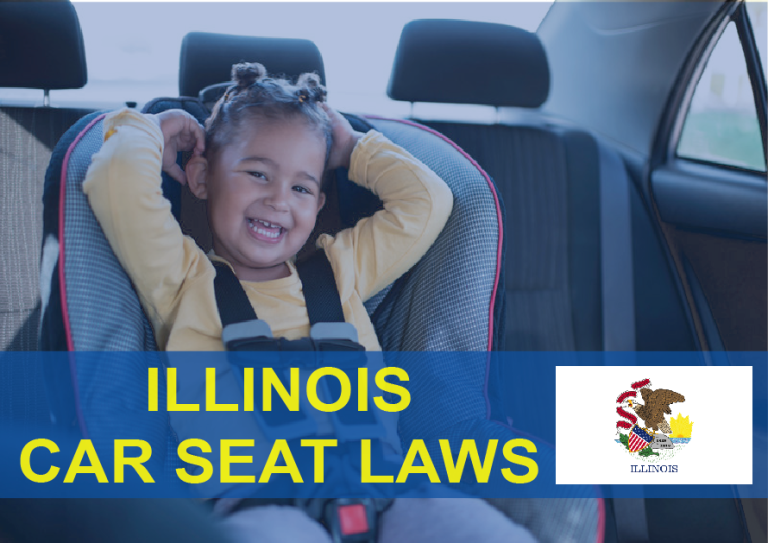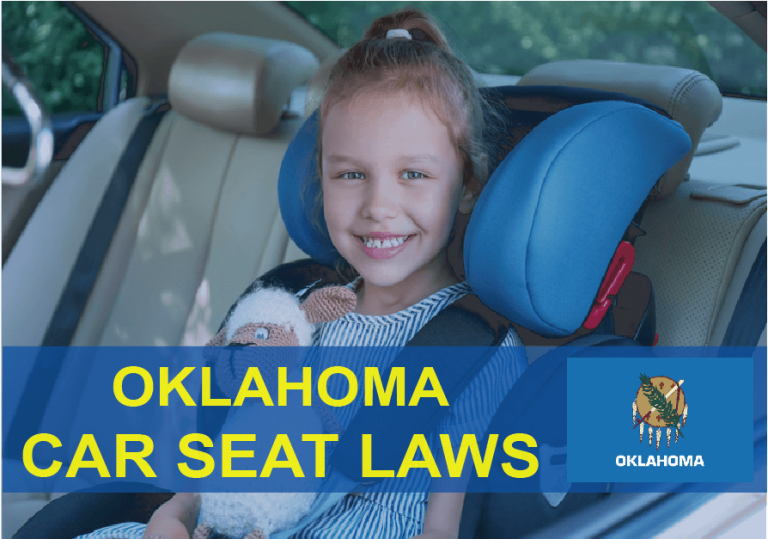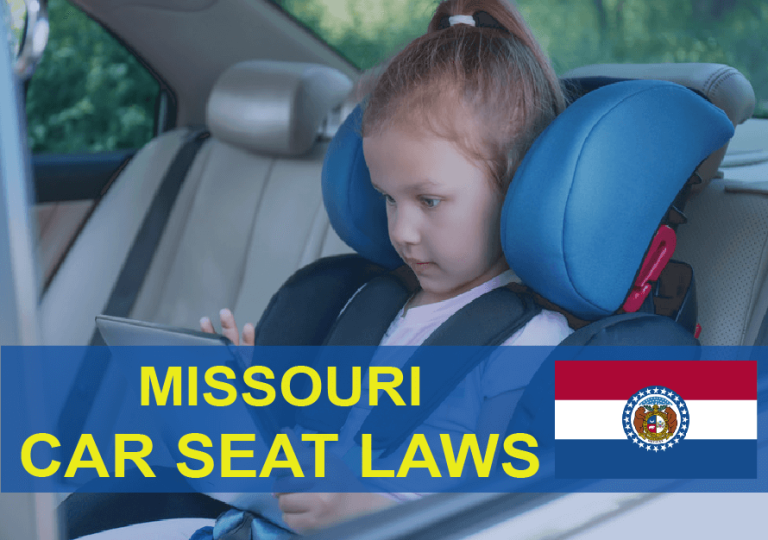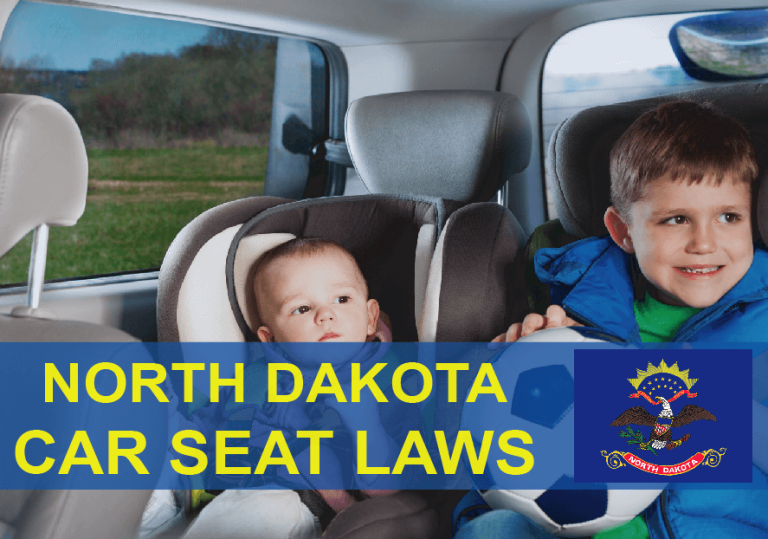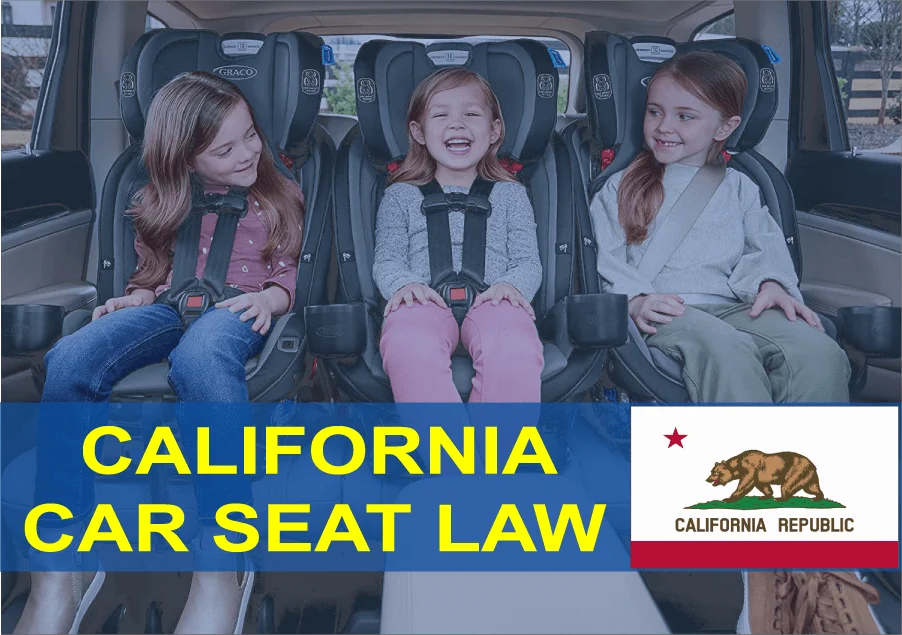The Hawaii car seat law is one of the most stringent in the United States. It not only mandates that all children are properly secured in a seat, but also provides strict penalties for those who do not comply. To help you get the information you need to ensure your child’s safety, here is an article that discusses everything you need to know about Hawaii car seat laws.
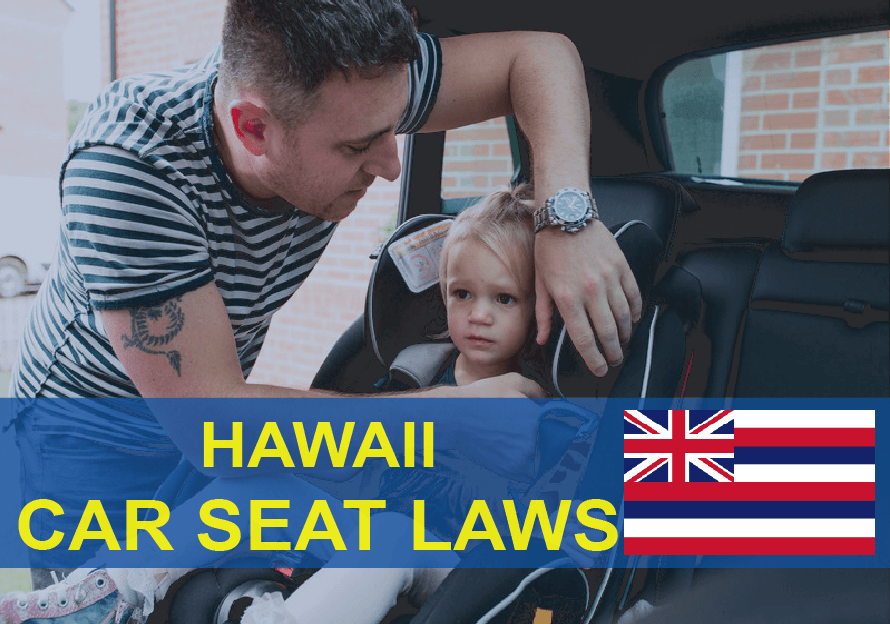
- Hawaii Car Seat Laws
- Hawaii Rear-facing Car Seat Law
- Hawaii Forward-facing Car Seat Law
- Hawaii booster seat law for young kids
- Requirements for children to use the front seat in Hawaii
- Taxi Car Seat Law in Hawaii
- Hawaii car seat replacement law after Accident
- Law on leaving a child in a car in Hawaii
- Penalties For Violating Hawaii Car Seat Laws
- When Can My Child Sit in the Front Seat in Hawaii?
- Is it Illegal to Smoke in a Car with a Child in Hawaii?
- Car Seat Inspections Help in Hawaii
- Child passenger safety-related videos Hawaii
- More information and resources on car seat safety Hawaii
Hawaii Car Seat Laws
According to the car seat law of Hawaii,
“No person operating a motor vehicle on a public highway in the State shall transport a child under eight years of age except under the following circumstances:
(1) If the child is under four years of age, the person operating the motor vehicle shall ensure that the child is properly restrained in a child passenger restraint system.
(2) If the child is four years of age or older but less than eight years of age, the person operating the motor vehicle shall ensure that the child is properly restrained in a child safety seat or booster”
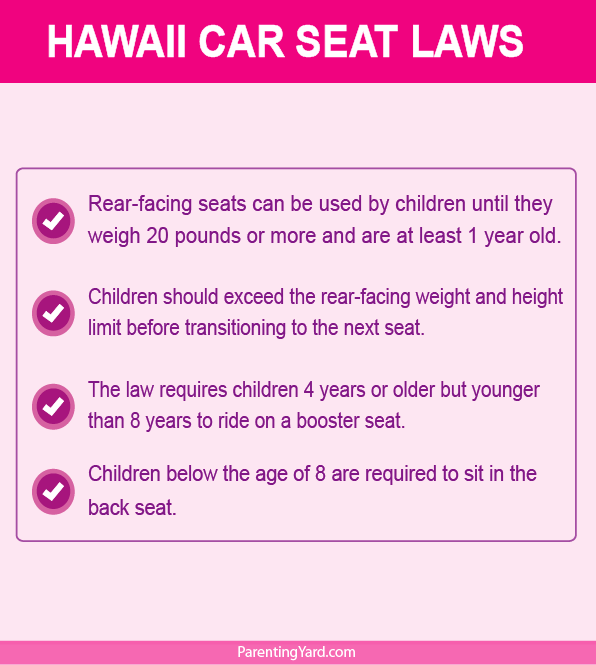
Hawaii Rear-facing Car Seat Law
According to state law, children should ride in rear-facing car seats until they reach the age of one year and weigh at least twenty pounds. However, pediatricians recommend that children ride rear-facing until they are at least 2 years old and weigh at least 20 pounds. The idea is to keep children in rear-facing seats for as long as possible, which is why car seat makers are now offering convertible seats that can accommodate infants weighing up to 40 pounds.
Hawaii Forward-facing Car Seat Law
When your child reaches the age of 1 year and weighs at least 20 pounds, the state considers him or her to have outgrown the rear-facing seat and is now ready to graduate to a forward-facing seat. However, it is recommended that you move your child to this type of seat once he or she has reached the manufacturer’s maximum weight and height limits. You must secure your child in the seat’s harness straps to lessen the pressure put on him or her during a car crash. Additionally, the seats must be kept in the car’s back seat and installed according to the manufacturer’s instructions.
Hawaii booster seat law for young kids
Under Hawaii law, children under the age of four must be restrained in a child passenger restraint device (this includes rear-facing and forward-facing seats). Additionally, the legislation mandates children 4 years of age but less than 8 years of age to travel in a booster seat. Seat boosters should be used in conjunction with a lap and shoulder belt.
The shoulder belt should cross over the chest and the lap belt should tightly span the hips for a secure and ideal fit. If your car simply has lap belts, the legislation permits the installation of kid safety seats designed to support children weighing up to 80 pounds. Children should remain in booster seats until they reach 4’9″ in height, are 8 years old, and weigh at least 80 pounds.
There are 2 types of booster seats:
High-back booster seats – If your car’s seat back is lower than your child’s ears, you have to use a high-back booster seat to protect your child’s head and neck.
Backless booster seats – If your car’s seat back is higher than your child’s ears, you can use a backless booster seat.
Requirements for children to use the front seat in Hawaii
Hawaii law requires that you secure your child in the rear seat until they reach the age of eight. While it is permitted to sit in the front seat after that age, experts advise against it. Experts in vehicle safety agree that the safest option is to keep your child in the rear seat until they reach the age of 13.
If you are confused about whether your child should use a booster seat or an adult seat belt only, this simple test will help you decide.
The Five-Step Seat Belt Fit Test:
- Is the child able to sit all of the way back against the auto seat?
- Are the child’s knees able to bend comfortably at the edge of the vehicle seat?
- Is the belt crossing over the shoulder between the neck and arm?
- Is the lap belt as low as possible, with the thighs?
- Is it possible for the child to remain in this position the whole journey?
If you answered “no” to any of these questions, your kid is not ready for an adult seat belt and still requires a booster seat to travel safely in the car. Boosters are popular with kids since they are more comfortable!
Taxi Car Seat Law in Hawaii
When it comes to child passenger laws, Hawaii is one of the states that does not make it mandatory for taxis to obey them.
Hawaii car seat replacement law after Accident
Although there is no regulation in Hawaii requiring the replacement of car seats in the event of an accident, this does not imply that you should continue to use the same seat following an accident. Car seats and helmets, for example, are not designed to resist more than one collision, despite the fact that they appear to be in pristine condition to the untrained eye.
Law on leaving a child in a car in Hawaii
It is illegal to leave a child unsupervised in a vehicle for longer than five minutes, while we do not recommend leaving your child unaccompanied in a vehicle for any amount of time
Penalties For Violating Hawaii Car Seat Laws
A first offense of a child passenger restraint system violation carries a maximum $100.00 fine, four-hour child passenger restraint system safety class, $50.00 driver education assessment, $10.00 neurotrauma special fund surcharge, and a $10.00 trauma system special fund surcharge.
A second violation within three years of any other violation carries a $100-$200 fine, a four-hour child passenger restraint system safety class, a $50 driver education assessment, a $10.00 neurotrauma special fund surcharge, and a $10.
If this is your third or subsequent offense within three years of any other violation, you will be fined between $200.00 and $500.00; required to attend a four-hour child passenger restraint system safety class conducted by the division of driver education; pay a $50.00 driver education assessment, and pay a $10.00 neurotrauma special fund surcharge.
When Can My Child Sit in the Front Seat in Hawaii?
Hawaii law mandates you to keep your child in the back seat until they reach the age of eight. Although it is permissible to sit in the front seat after that age, experts do not suggest it. Car safety experts believe that having your child sit in the back seat until they are 13 is the safest option.
Is it Illegal to Smoke in a Car with a Child in Hawaii?
Yes, smoking in a car with a child passenger is illegal in Hawaii. also, we do not believe it is a good idea to smoke in your car when there are children inside. Secondhand smoke is dangerous, and it’s best to avoid smoking in a vehicle with a kid sitting inside. Secondhand smoke exposure causes a variety of illnesses in children, including asthma and pneumonia, as well as thousands of preventable hospitalizations. Secondhand smoke causes SIDS and can cause lung cancer and heart attacks if exposed over time
Child passenger safety-related videos Hawaii
Understanding the Basics of Car Seat Safety
Car Seat Safety By Age
Car Seat Safety Teaching
The car seat safety check that could save your child’s life
More information and resources on car seat safety Hawaii
- American Academy of Pediatrics Car Seat Recommendations
- Children’s Hospital of Philadelphia Car Seat Safety Tips
- Hawaii Department of Transportation Guidelines
- Hawaii Pacific Health Car Seat Safety
- Healthy Children’s Resources for Child Safety
- NHTSA Car Seat Recall List
- NHTSA Guidelines for Parents and Caregivers
- Safe Kids Worldwide Car Seat Guide


